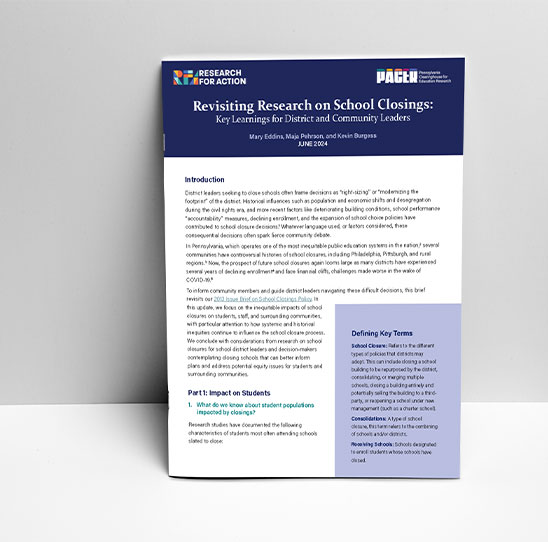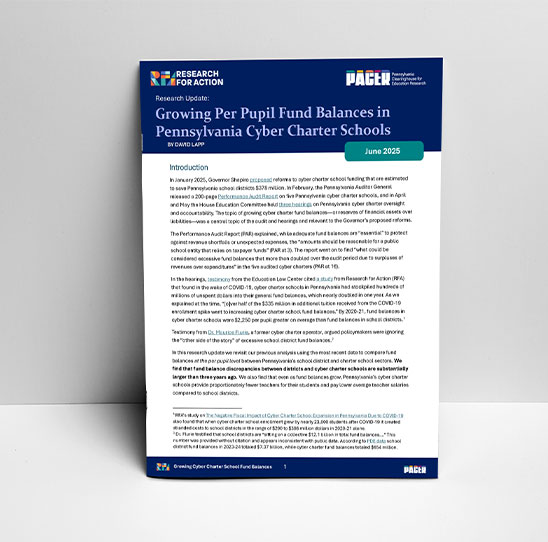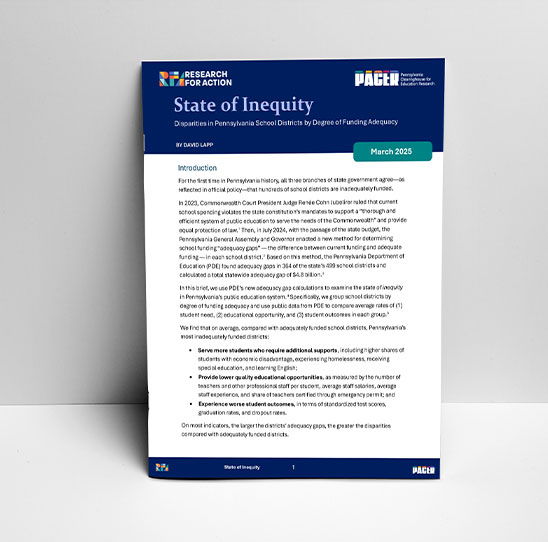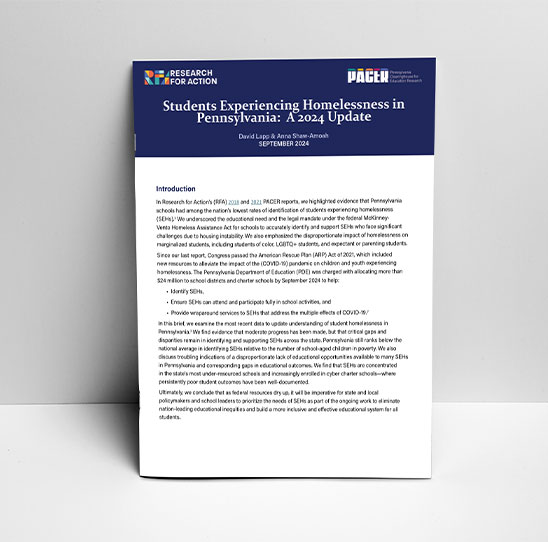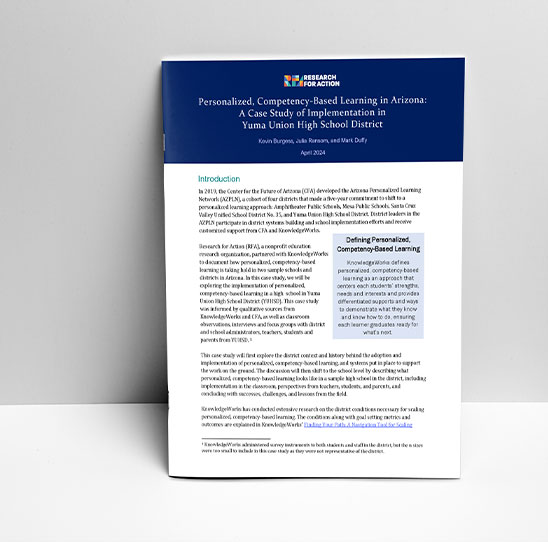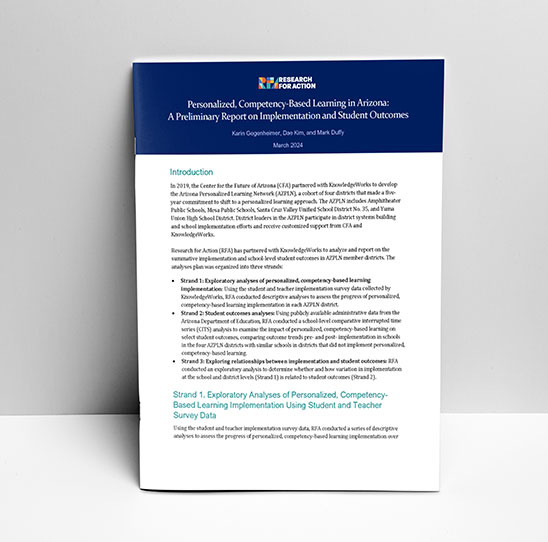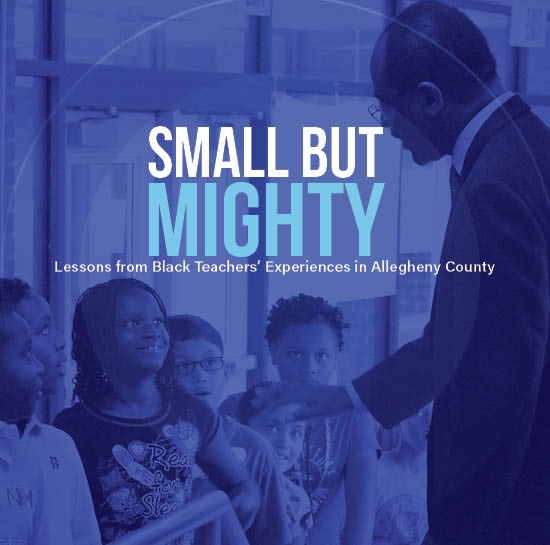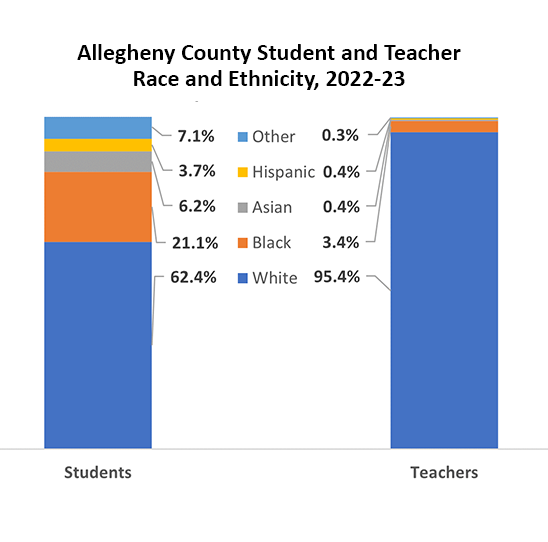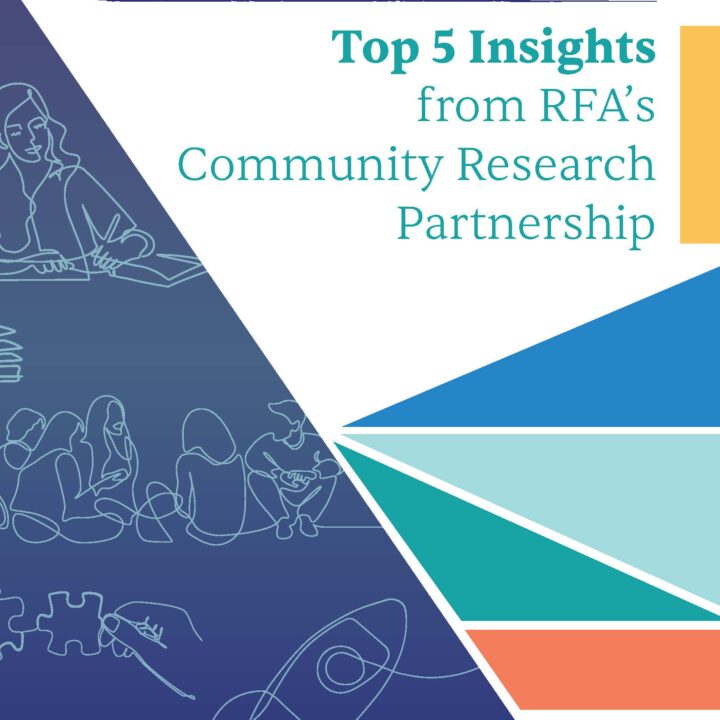While school closures are often framed as necessary adjustments due to population shifts, building issues, or declining enrollment, the reality is these decisions spark fierce debate and can disproportionately impact students and communities of color. This update to our 2013 brief on school closures examines the historical and ongoing inequities that influence closures, particularly in Pennsylvania, a state with a deeply unequal education system. We offer considerations for district leaders to ensure their plans better address potential equity concerns faced by students and surrounding communities.
Revisiting Research on School Closings: Key Learnings for District and Community Leaders delves into the impacts of school closures on students, staff, and communities, emphasizing the disproportionate effects on marginalized groups. It highlights the negative consequences on student achievement, attendance, and graduation rates following closures, especially in urban settings. The report underscores the importance of sending displaced students to higher-performing schools to mitigate adverse effects and stresses the need for community involvement in decision-making processes to ensure equitable outcomes.
Furthermore, this report sheds light on the challenges faced by teachers post-closure, such as increased stress, professional instability, and inequitable impacts on staff of color. It also explores the broader impacts on communities, including disruptions to community cohesion, civic engagement, economic stability, and even gentrification. The findings suggest that school closures can have far-reaching consequences beyond the educational realm, affecting various aspects of community life.
The report urges district leaders and policymakers to carefully consider factors beyond fiscal constraints when making closure decisions. It emphasizes the importance of providing adequate support for transitions post-closure, including training, resources, and attention to receiving schools. Additionally, involving students and families in the decision-making process is highlighted as crucial, along with considering the sociohistorical context of schools and communities to ensure decisions are not perceived as coerced.
The report also calls for continued investment in future research to uncover conditions that lead to student success in closure decisions and to provide more comprehensive answers to the questions surrounding school closures. It advocates for research in a broader set of circumstances, examining closures by school type, quality, reason for closure, and geography. By expanding research efforts, the report aims to provide insights that can inform more effective and equitable school closure decisions in the future.
